GREAT WINES UNDER $20
ELYSE LURAY Copyright 2011 F+W Media, Inc.
All rights reserved. No portion of this publication may be reproducedor transmitted in any form or by any means, electronic or mechanical,including photocopy, recording, or any information storage andretrieval system, without permission in writing from the publisher,except by a reviewer who may quote brief passages in a critical articleor review to be printed in a magazine or newspaper, or electronicallytransmitted on radio, television, or the Internet.
Published by
 Krause Publications, a division of F+W Media, Inc. 700 East State Street Iola, WI 54990-0001
Krause Publications, a division of F+W Media, Inc. 700 East State Street Iola, WI 54990-0001
715-445-2214 888-457-2873
www.krausebooks.com
To order books or other products call toll-free 1-800-258-0929
or visit us online at www.krausebooks.com or www.Shop.Collect.com
Cover photography by Shannon Stapleton
ISBN-13: 978-1-4402-1448-6
ISBN-10: 1-4402-1448-4
eISBN: 978-1-4402-1448-6
Cover Design by Frank Rivera
Interior Design by Heidi Bittner-Zastrow
Edited by Mark Moran
Printed in China Contents I am a pop-culture girl... My idea of buying an affordable bottle of wine is to spend $20 or less, and less is an important component. This book was inspired by the frustration that I experienced as the result of being a wine auctioneer. I was selling wines for substantial and sometimes astronomical sums.
Occasionally, I was invited to try them and learned to love wine. My dilemma? Buying wines to drink or serve to my friends at a price that I could afford. So I began an organized search for wines of all types, that were affordable, yet provided quality and enjoyment. The result is this book, which is designed to share the wines I discovered, offer insights into how they were found and encourage others to begin their own quests. I am a pop-culture girl. After graduating from Tulane University, I spent 11 years at Christies auction house appraising memorabilia and 20th-century items, and eventually became a Vice President and Director of the Collectibles and Popular Culture Department.
During my career as an auctioneer, I had sold almost every category that Christies handlesexcept wine. So you can imagine my trepidation when I was invited to sell for Zachys Wine Auctions. Some of Zachys auctions are held in New York City and typically the value of the wines averages more than $1,000 per lot. Although Ive always believed a good auctioneer does not need to be an expert in what they are selling, I faced some challenges. First problem: I could not pronounce anything. Second problem: I knew nothing about wine.
Lastly, I simply could not afford to start buying the high-priced wines I was selling.  An inviting spreadat the SetrioloVineyards nearChianti, Italy. So, with the help of the gracious staff at Zachys, I set out to learn about wine. I had to learn proper pronunciations, especially for all of the foreign brands. Jeff Zacharia of Zachys recorded auctioneer Fritz Hatton in action. I spent the next three months listening to Fritz, pronouncing wine names in my car as I drove carpool for my two boys and their friends.
An inviting spreadat the SetrioloVineyards nearChianti, Italy. So, with the help of the gracious staff at Zachys, I set out to learn about wine. I had to learn proper pronunciations, especially for all of the foreign brands. Jeff Zacharia of Zachys recorded auctioneer Fritz Hatton in action. I spent the next three months listening to Fritz, pronouncing wine names in my car as I drove carpool for my two boys and their friends. 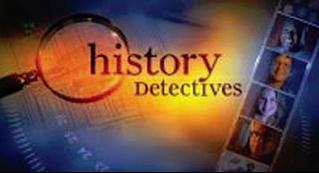 However, I still needed to learn much more about wine.
However, I still needed to learn much more about wine.
So I took the same approach used in my investigations as a History Detective on the PBS program. Wine, like any object, has history, culture, geographic influences, comparables in the marketplace and certainly a huge amount of literature. I soon realized that learning the history of wine was not my biggest challenge. The difficult part began when I went into a wine store to shop for myself. I was completely overwhelmed. I was a novice learning the trade, but I wanted to drink good wines and not go broke in the process.
This book is the result of my journey into learning about wines and, in the process, discovering as many as I could that I love and can afford. I applied my History Detectives techniques to learn about wine and so can you! In this book, youll find everything I learned along the way: demystifying stemware, wine language, food pairings and more. I do not profess to be anywhere near a wine expert, but I know now that you do not need to be in order to enjoy great wine. And most importantly, I know now that I can afford to drink goodand sometimes greatwine and have fun long the way without breaking the bank! After reading the book, I hope you do, too. Id love to hear from you if you have any comments, wine suggestions or other thoughts. You can contact me at www.Elyseluray.com.
Cheers! Salute! LChaim! Kampai! Oogy wawa! A Votre Sante! How to Read a Label Before I started to investigate wines for this book, I must admit that the attractiveness of the label was often a major influence on my purchases. If the label caught my attention, I was more likely to reach for it than another bottle. Sure, artwork and packaging are key, but I quickly learned that the labels are an important source of information and can help to select a wine more to your taste. From my experience on History Detectives and my earlier career at Christies Auctioneers, I find that wine labels remind me of the kind of documents often found in an archive, and like old documents, there is plenty to be learned from them.  Photo by Shannon Stapleton
Photo by Shannon Stapleton  Here is the information usually available on the label. By the way, information on the front of a wine label is regulated by the U.S.
Here is the information usually available on the label. By the way, information on the front of a wine label is regulated by the U.S.
Alcohol and Tobacco Tax and Trade Bureau. Besides the brand name, youll find: Type: chardonnay, red, table What is it? Vintage: year produced Alcohol: content by volumeacl/vol Size of bottle: usually 1,500, 750, 500 or 350 ml Vineyard: often a family name, region name, etc Country of origin Bottler: name and location Phrases like Contains Sulfites and health warnings will appear as a government requirement. There are confusing aspects when trying to determine from a label where the wine was bottled and produced. Basically if the words bottled by are on the label, then the wine was produced somewhere else. If it the label says Produced and Bottled by, then it means that no less then 75% of the wine was produced by the bottler. (If you like the wine, do not concern yourself with this.
I am just pointing it just out so you know the difference.) A listing of the wines alcohol content is required by law on the bottle. If the wine is more then 14% alcohol or fortified then the tax may be higher. Imported wines must include the name of the importer. Often there is another label, or the back, with the brand name. It may include some of the required information, as well as a brief description or promotional verbiage designed to entice you to purchase this particular product. On the Question of Corks... Since I began investigating wines under $20 for this book, one of the interesting things that I learned is that more wine bottles now come with a screw cap rather than a cork, and many corks are now made of plastic! Which is better? 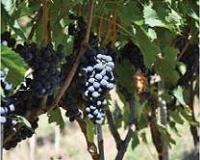
Next page
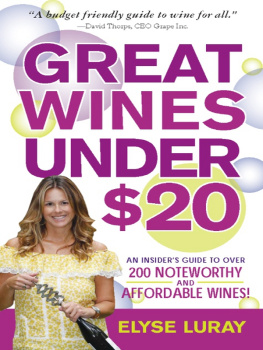
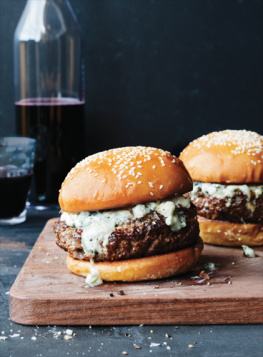
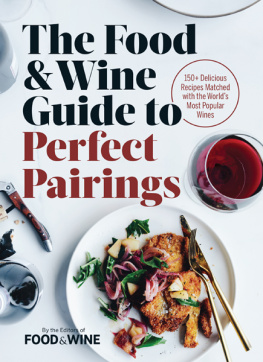

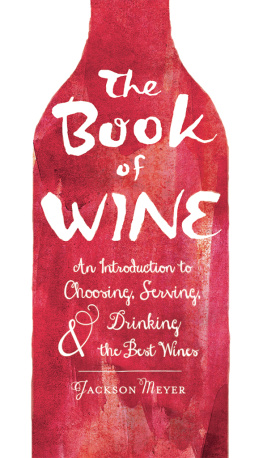
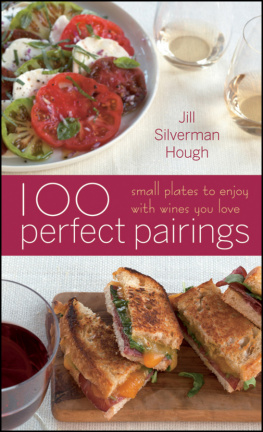
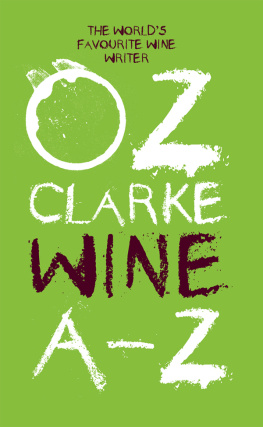

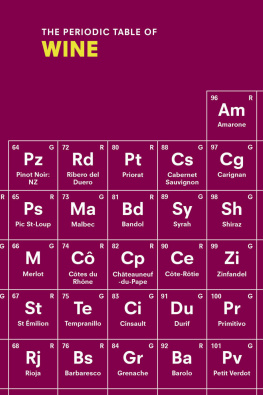
 Krause Publications, a division of F+W Media, Inc. 700 East State Street Iola, WI 54990-0001
Krause Publications, a division of F+W Media, Inc. 700 East State Street Iola, WI 54990-0001 An inviting spreadat the SetrioloVineyards nearChianti, Italy. So, with the help of the gracious staff at Zachys, I set out to learn about wine. I had to learn proper pronunciations, especially for all of the foreign brands. Jeff Zacharia of Zachys recorded auctioneer Fritz Hatton in action. I spent the next three months listening to Fritz, pronouncing wine names in my car as I drove carpool for my two boys and their friends.
An inviting spreadat the SetrioloVineyards nearChianti, Italy. So, with the help of the gracious staff at Zachys, I set out to learn about wine. I had to learn proper pronunciations, especially for all of the foreign brands. Jeff Zacharia of Zachys recorded auctioneer Fritz Hatton in action. I spent the next three months listening to Fritz, pronouncing wine names in my car as I drove carpool for my two boys and their friends.  However, I still needed to learn much more about wine.
However, I still needed to learn much more about wine. Photo by Shannon Stapleton
Photo by Shannon Stapleton  Here is the information usually available on the label. By the way, information on the front of a wine label is regulated by the U.S.
Here is the information usually available on the label. By the way, information on the front of a wine label is regulated by the U.S.